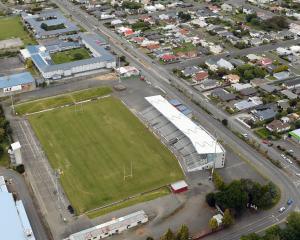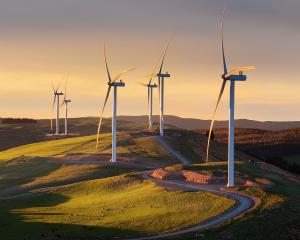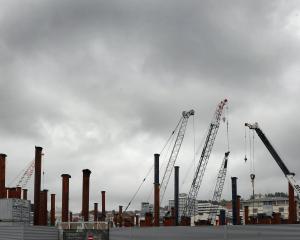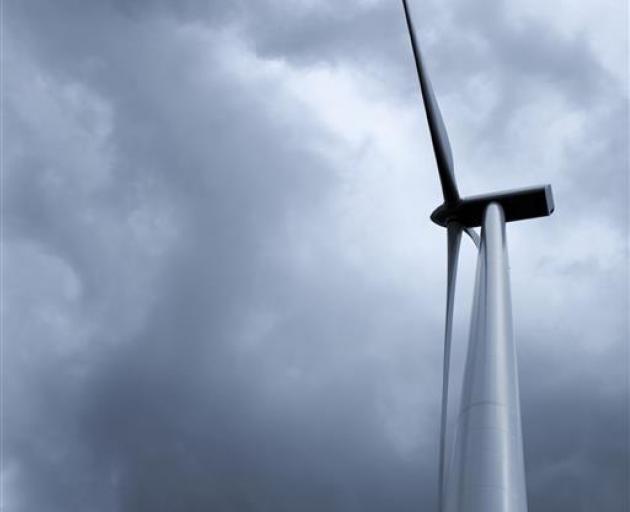
Pioneer Energy and Manawa Energy announced proposals for the Kaihiku Wind Farm project in November last year, which would comprise 73 turbines generating enough energy for 135,000 households.
The $900 million wind farm would be sited on a range of hills in Kaihiku, parallel to State Highway 1 as it runs from Balclutha to beyond Clinton, and generate 300MW of energy.
In March, the government announced its Fast-track Approvals Bill, which would allow fast-tracking of consents for large-scale infrastructure and industrial projects.
In its latest newsletter, released yesterday, Kaihiku project leaders said they would apply for consideration under the Bill, were it to pass into law.
This would not affect the project’s commitment to "robust and meaningful community and stakeholder engagement", the letter said.
"We are considering the potential of the government’s recently proposed Fast-track Approvals Bill process and will be applying for Kaihiku Wind Farm to be considered as a renewable energy infrastructure project with significant regional or national benefits under the Bill.
"We will submit our application for consideration under the Fast-track Approvals Bill process. If accepted, we can choose to continue down this track or withdraw and continue with the traditional Resource Management Act consenting process."
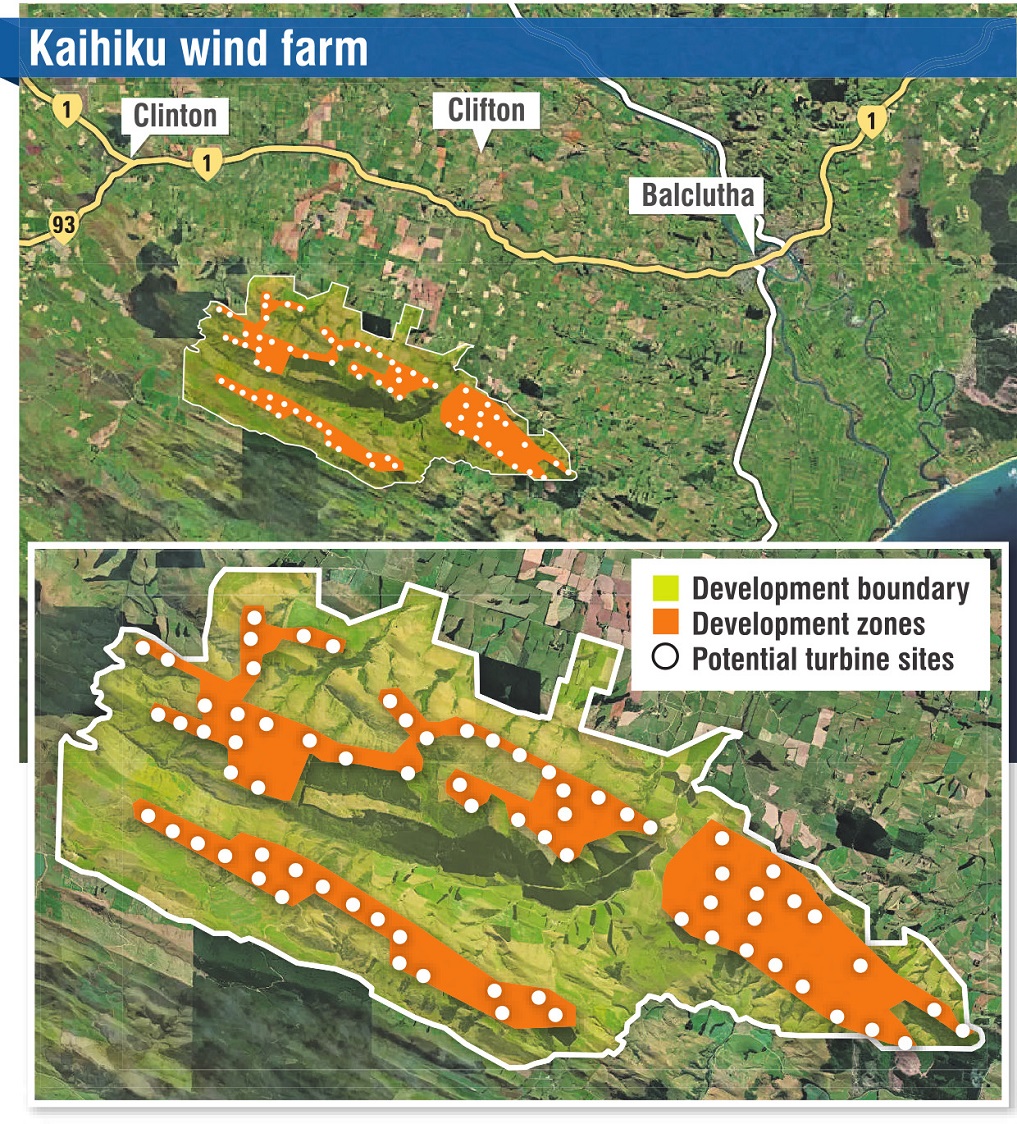
These included wind energy monitoring; vegetation and wildlife surveys; background noise and acoustic modelling assessments; and mitigation of visual impacts from turbines, which could be up to 220m in height.
Noise levels were predicted to be about 40dB, defined as "average room noise".
Initial wildlife surveys had identified the presence in the range of skinks and long-tailed bats.
"We’re conducting extensive monitoring to better understand the potential effects on long-tailed bats, if any, and how to manage or consider mitigating those effects should they arise.
"Different skink species have been noted in the area. Further surveys are under way to identify species, provide population estimates, determine potential impacts of the proposed wind farm and work through appropriate mitigation measures if required."
An archaeological walkthrough, in collaboration with Aukaha Inc and Te Ao Marama Inc also took place last month, to identify any significant heritage sites.
Updates on all surveys will be shared with the public during a further community open day, a date for which will be announced.








